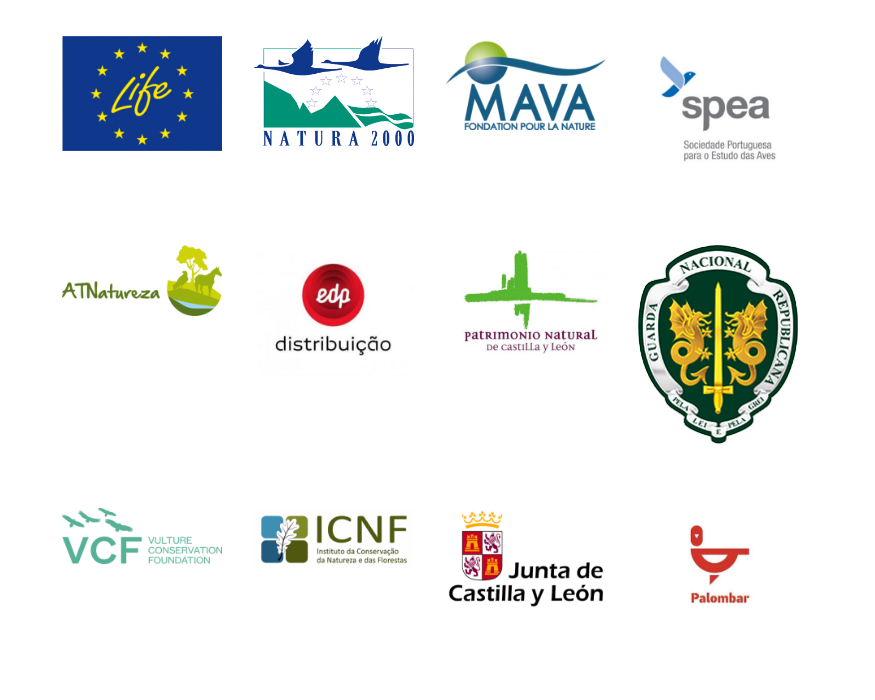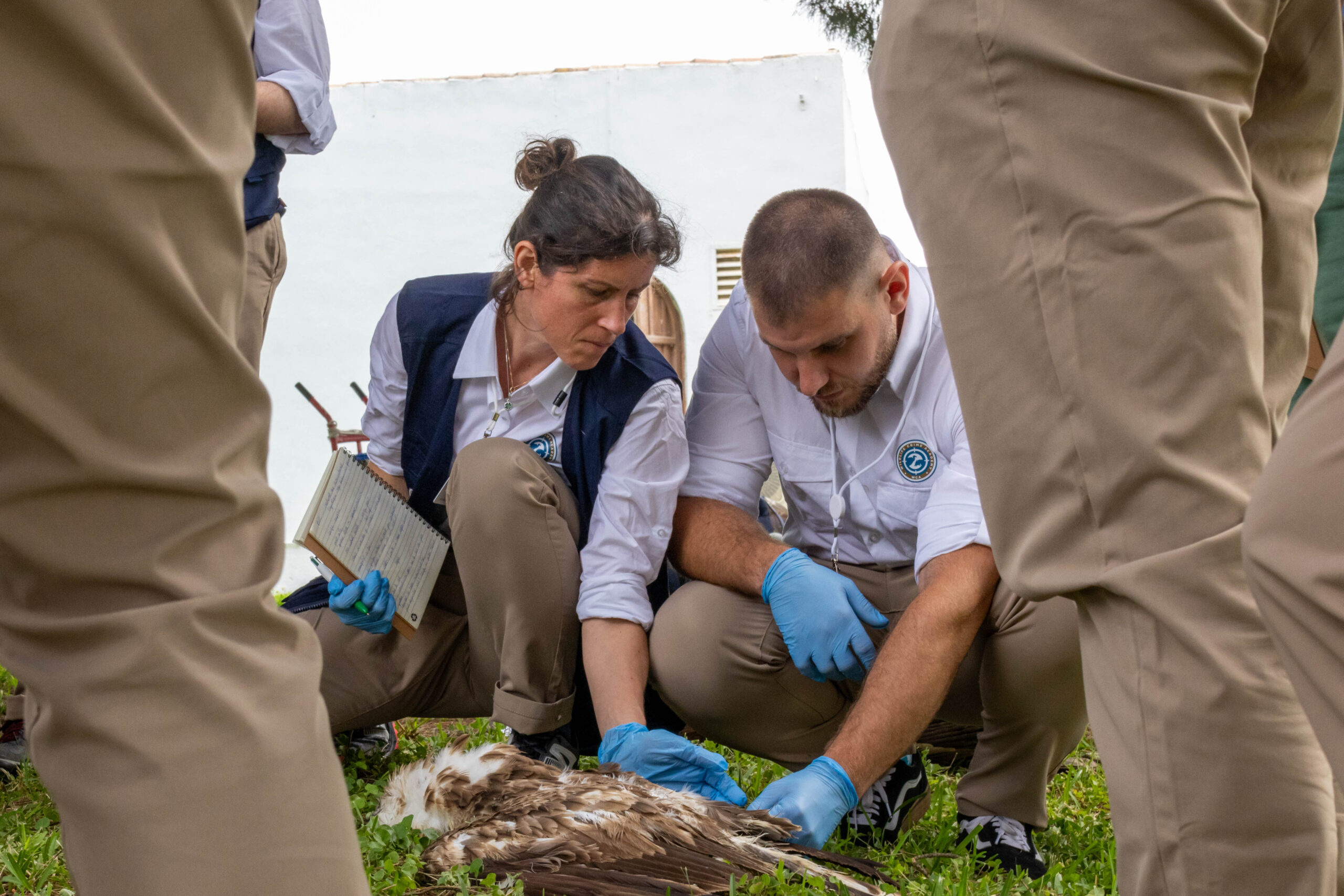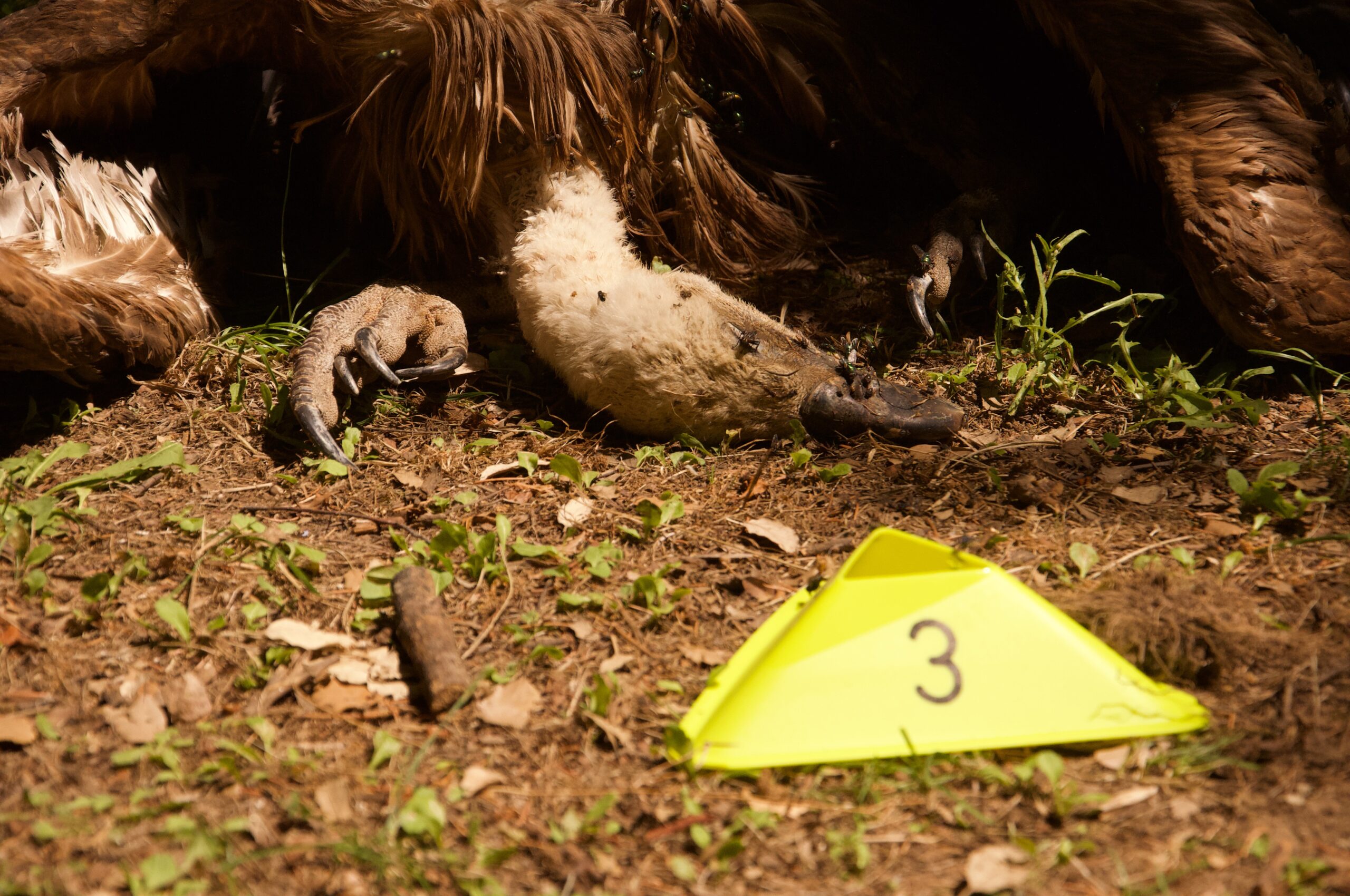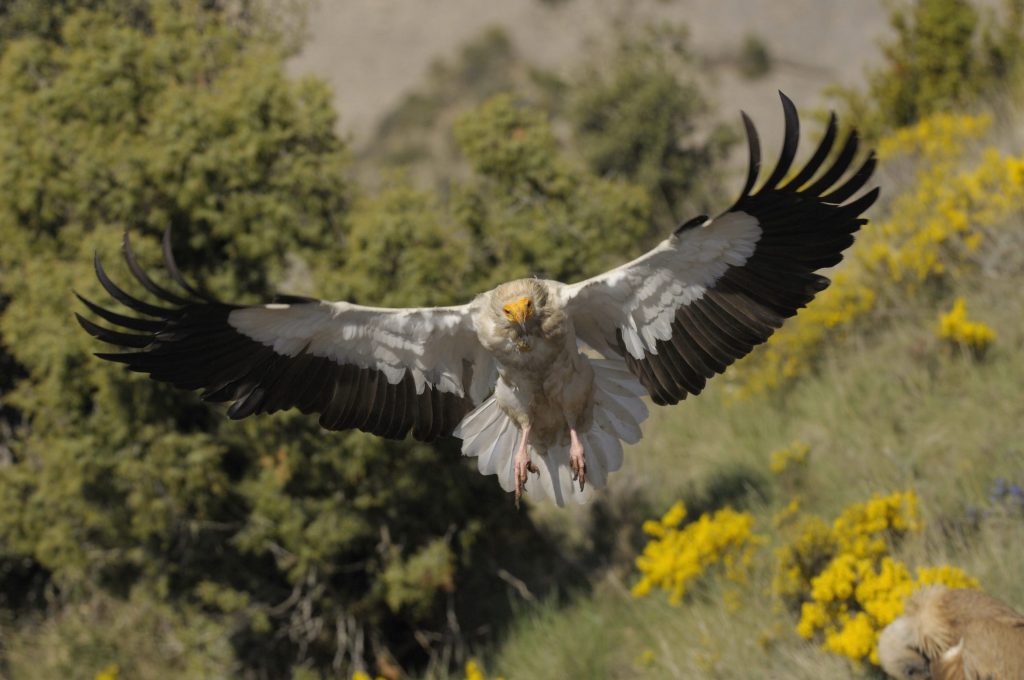
The LIFE Rupis project took an integrated approach to the conservation of natural values, based on combining nature protection and the development of the unique region of the international Douro canyon. We joined forces across Portugal and Spain united by a river to ensure the conservation of threatened birds like the Egyptian Vulture and Bonelli’s eagle, which know no borders.
The project’s Layman’s report is now available in English, Portuguese and Spanish, providing an overview of the project’s objectives and achievements. Films, funded by the MAVA Foundation’s Learning and Sharing Grant, were also produced discussing the project’s actions and outcomes.
Tackling threats
The two target species and other birds of prey have a brighter future now in the region thanks to the project’s conservation actions. The establishment of supplementary feeding stations increased food availability, where the food provision of 36,572 kg resulted in 955 feeding sessions for vultures.
The project also mitigated electrocution and collision, a severe threat to vultures, by making 51,15 km of powerlines safer.
LIFE Rupis also helped create two anti-poison dog units in Portugal, comprising of a police officer and a specially trained dog to detect and investigate illegal poisoning cases. During the project, they undertook 329 patrols in the region, enabling the investigation of 36 suspect cases, in 17 of which the use of poison was confirmed and identified.
Project actions also helped decrease human-induced disturbance by ensuring that tourism and other leisure activities, as well as agricultural and forestry work, don’t negatively impact the most sensitive sites and the species during critical periods.
Promoting Sustainable Development
The project recognised and supported those who implement biodiversity-friendly measures to promote more sustainable management of the territory. It also encouraged greater adoption of environment-friendly practices in the region such as extensive livestock grazing and biodiverse pastures.
Raising Awareness
During the project, the project team worked closely with local communities in schools and promoted the region internationally, emphasising the beauty and importance of the region’s nature.
Read about the results of the LIFE Rupis project
Review and Download Report in English
Review and Download Report in Portuguese
Review and Download Report in Spanish.
LIFE Rupis
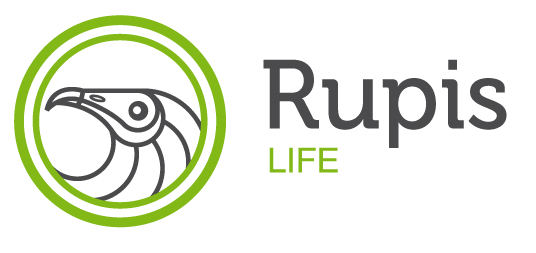
The LIFE Rupis conservation project was led by Portuguese wildlife organisation Sociedade Portuguesa para o Estudo das Aves (SPEA) and funded by the European Union’s LIFE Fund and the MAVA Foundation. It was working in the cross-border Douro region of Spain and Portugal to protect and strengthen the Egyptian Vulture and Bonelli’s eagle populations. With around 135 breeding pairs, the region has one of the largest populations of Egyptian Vultures in Europe. Creating a network of feeding stations, improving habitat and nesting sites as well as tackling the major threats of electrocution from electricity pylons and illegal wildlife poisoning, the LIFE Rupis project managed to strengthen the population and improve breeding rates.
